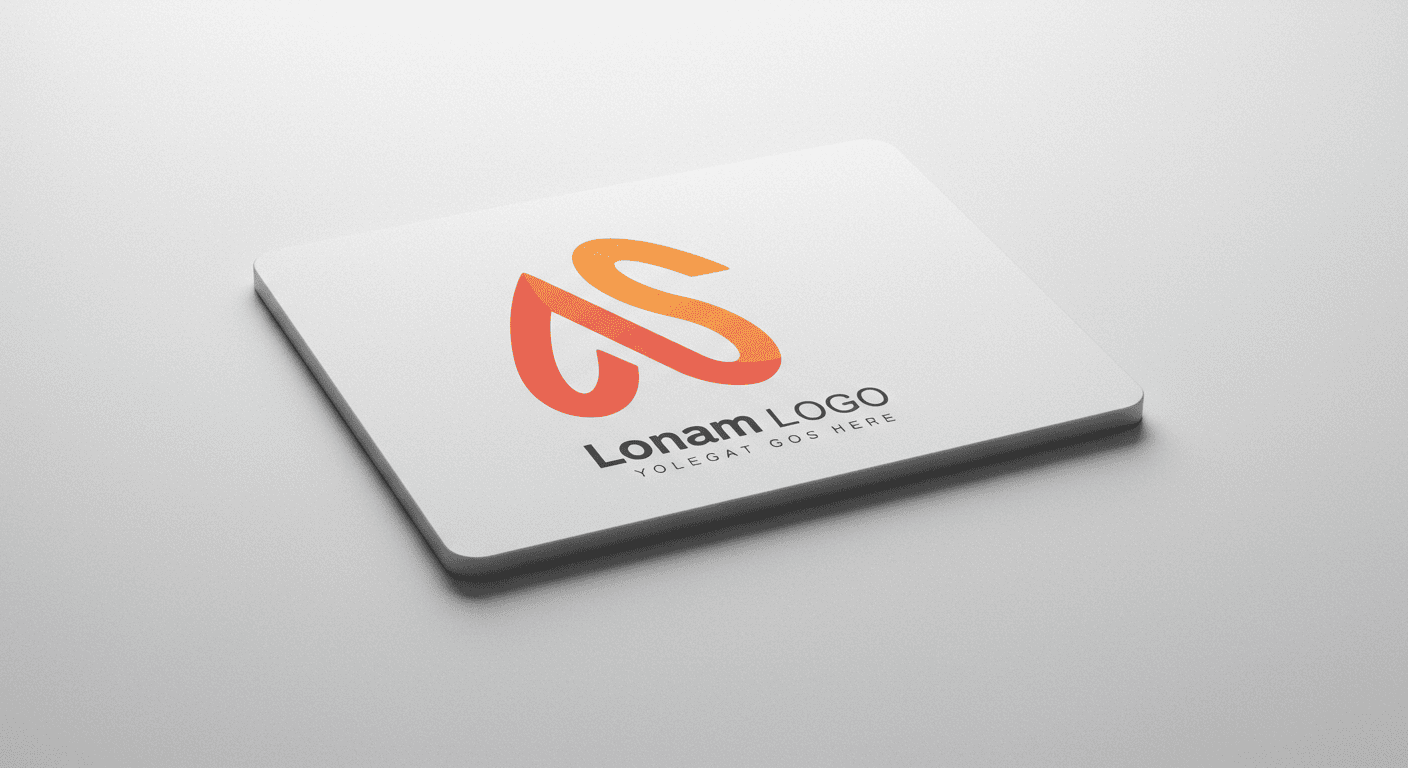
In today’s competitive market, a strong visual brand is essential for standing out and creating lasting connections with consumers. Visual branding encompasses all the graphic elements that define a brand’s identity—from logos and color schemes to typography and imagery. When executed thoughtfully, visual branding fosters recognition, builds trust, and communicates a brand’s personality before a word is ever read or spoken. In this comprehensive guide, you’ll learn the principles, strategies, and practical techniques to craft compelling visual brand identities that resonate with audiences and elevate your design work.
What Is Visual Branding?
Visual branding is the strategic use of visual elements to represent an organization, product, or service. It includes logos, color palettes, typography, imagery styles, patterns, icons, and any other graphical assets. Together, these components form a cohesive identity system, guiding how a brand is perceived across every touchpoint—from websites and social media to packaging and signage.
Why Visual Branding Matters
In a world saturated with options, a clear and consistent visual brand helps consumers recognize and remember your organization. Effective branding conveys quality and credibility, differentiates you from competitors, and supports marketing efforts by creating a unified visual language. Consistency in branding also streamlines collaboration between designers, marketers, and stakeholders, ensuring that all communications reflect a singular vision.
Key Elements of Visual Branding
Logo Design

The logo is the cornerstone of any visual brand. It should be simple yet memorable, scalable across different media, and reflective of the brand’s core values. When designing a logo, consider versatility, readability, and relevance. Always test your logo in both full color and monochrome, and ensure it works at various sizes—from a tiny app icon to a giant billboard.
Color Palette
Colors evoke emotions and carry cultural associations, making your palette one of the most powerful branding tools. Start with a primary palette of two or three colors that capture your brand’s personality—whether vibrant and energetic or muted and professional. Complement these with secondary and neutral shades for flexibility across backgrounds and supporting graphics. Use color psychology research to inform your choices and maintain accessibility by checking contrast ratios.
Typography
Typography establishes tone and hierarchy within your brand communications. Choose one or two typefaces—typically a display font for headings and a legible sans-serif or serif for body text. Ensure consistency in font weights, sizes, and spacing to maintain readability and visual harmony. Custom or modified typefaces can further enhance uniqueness but require careful implementation for web and print.
Imagery and Photography
Authentic, high-quality images reinforce brand messaging and emotional appeal. Develop a cohesive style—whether that’s bright and candid, moody and cinematic, or minimalist and clean. Create guidelines for image treatments, such as filters, overlays, cropping, and composition, to ensure consistency. When possible, use original photography or licensed stock that aligns with your brand’s visual language.
Graphic Elements and Patterns
Supplementary graphics—icons, patterns, and illustrations—add depth and flexibility to your visual brand. Icons should share a unified line weight, style, and spacing. Patterns and textures, used sparingly, can enhance backgrounds or packaging. Define size, color, and placement rules within your brand guidelines to maintain consistency.
Developing a Brand Style Guide
A brand style guide serves as the bible for all visual assets. It documents your logo usage rules, color palettes with Hex and CMYK values, typography specifications, image treatments, and examples of dos and don’ts. Share the guide with everyone involved—designers, marketers, copywriters, and external partners—to ensure a unified approach and prevent off-brand implementations.
Implementing Visual Branding Across Touchpoints
Website and Digital Interfaces
On digital platforms, visual branding must be responsive and accessible. Implement design tokens for colors, fonts, and spacing within your front-end framework to enforce consistency. Use style guides in documentation tools or design systems to streamline collaboration and updates. Test elements across devices and browsers to ensure a seamless brand experience.
Print Materials and Packaging
In print, accurate color reproduction and material considerations are critical. Work closely with printers to select the right substrates and finishing techniques—such as embossing or foil stamping—to enhance perceived value. Create mockups and prototypes to validate how your graphics, typography, and colors translate to physical products.
Tools and Resources for Brand Design
- Adobe Creative Cloud: Industry-standard software for vector, raster, and layout projects.
- Figma and Sketch: Collaborative interface design tools with real-time feedback.
- Coolors and Adobe Color: Online generators for experimenting with color palettes.
- Google Fonts and Adobe Fonts: Extensive libraries for web-safe typography.
- Brandfolder and Frontify: Platforms for hosting and sharing brand assets.
Best Practices and Tips
- Start with Research: Understand your audience, competitors, and market trends before sketching concepts.
- Iterate and Solicit Feedback: Use peer reviews and client input to refine your designs.
- Maintain Flexibility: Allow your system to grow with new campaigns and channels.
- Prioritize Accessibility: Ensure sufficient contrast, alt text for images, and legible typography.
- Document Everything: Update your style guide as assets evolve to prevent inconsistencies.
Case Studies: Successful Visual Branding
Brand A: Tech Startup
A forward-thinking tech startup devised a bold visual identity with a neon-accented color palette and geometric logo. By integrating motion graphics on their website and dynamic illustrations in marketing materials, they positioned themselves as innovative and approachable—driving a 30% increase in user sign-ups in the first quarter after launch.
Brand B: Artisan Coffee Roastery
Specialty coffee brand leveraged earthy tones, custom hand-lettered typography, and authentic photography to evoke craftsmanship and sustainability. Their packaging features clean, minimal layouts with embossed logos, resulting in a premium feel that resonated with eco-conscious consumers and boosted retail partnerships.
Conclusion
Visual branding is a powerful tool for conveying your brand’s story, values, and promise. By thoughtfully defining and applying key elements—logos, colors, typography, imagery, and graphics—you create a cohesive brand experience that resonates with audiences. Use this guide as your roadmap to master visual branding, build strong style guides, and implement consistent design systems across all platforms. With these strategies and best practices, you’re well-equipped to elevate brands and leave a lasting impression through exceptional design.
Learn more about: Mastering Visual Storytelling: A Comprehensive Guide for Graphic & Visual Designers









Leave a Reply